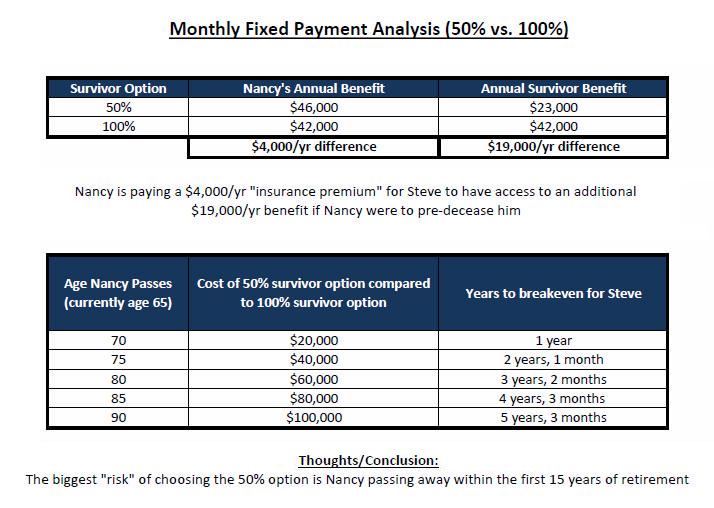
Several weeks ago, the IRS released updated figures for 2019 retirement account contribution and income limits.
Employer Retirement Plans (401k, 403b, 457, and Thrift Savings Plans)
$19,000 annual contribution limit, up from $18,500 in 2018.
$6,000 “catch-up” contribution for those over age 50 remains the same for 2019.
An increase in the total amount that can be contributed to a defined contribution plan, including all contribution types (employee deferrals, employer matching and profit sharing), from $55,000 to $56,000, or $62,000 for those over age 50 with the $6,000 “catch-up” contribution.
In addition to increased contribution limits for employer-sponsored retirement plans, the IRS adjustments provide some other increases that can help savers in 2019. A couple of highlights include:
Traditional IRA and ROTH IRA Limits
$6,000 annual contribution limit, up from $5,500 in 2018 – the first raise since 2013!
$1,000 “catch-up” contribution for those over age 50 remains the same for 2019.
Social Security Increase Announced
As my colleague Kali Hassinger, CFP® touched on, the Social Security Administration announced a cost of living adjustment, to the tune of 2.8%, starting January 2019.
Kali also mentioned some slight increases to Medicare Part B premiums to keep in mind as we inch closer to 2019.
As we enter 2019, keep these updated figures on the forefront when updating your financial game plan. As always, if you have any questions surrounding these changes, don’t hesitate to reach out to our team!
Josh Bitel is a Client Service Associate at Center for Financial Planning, Inc.®















